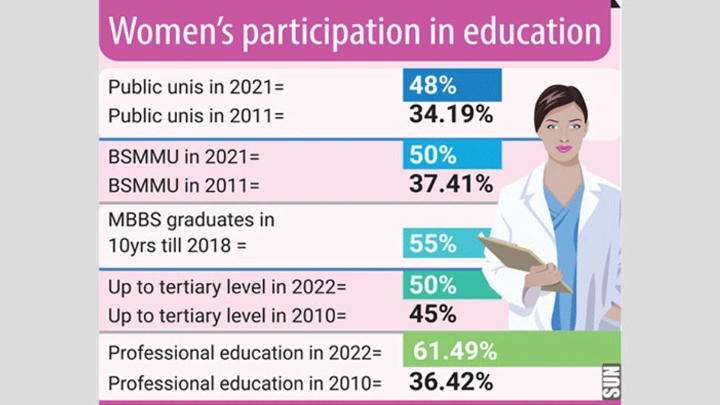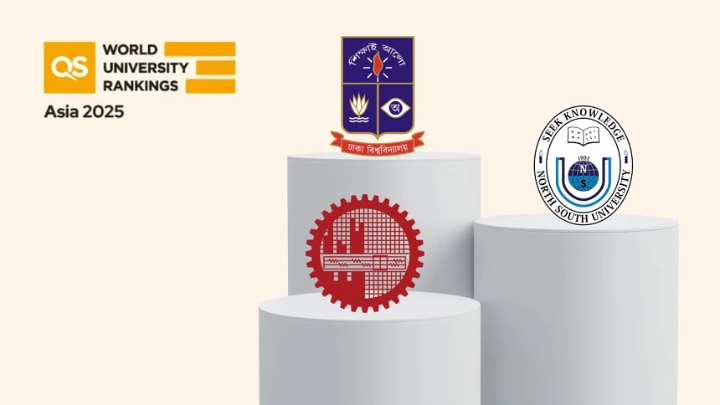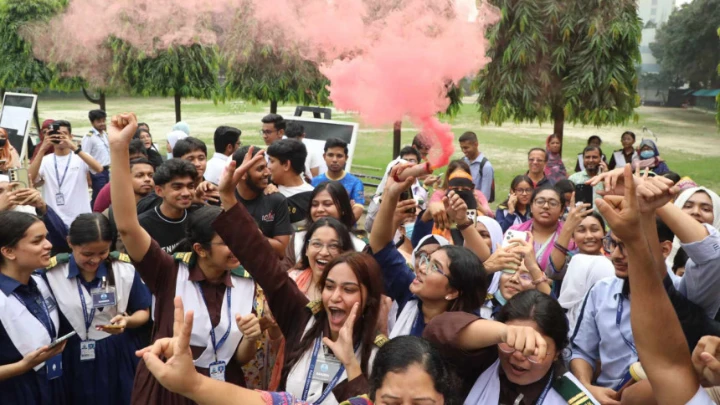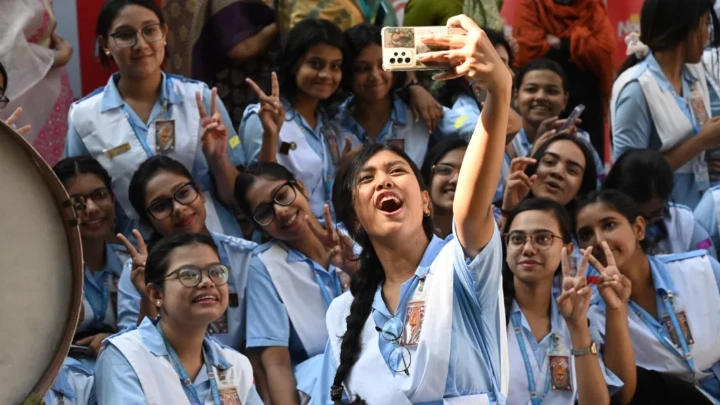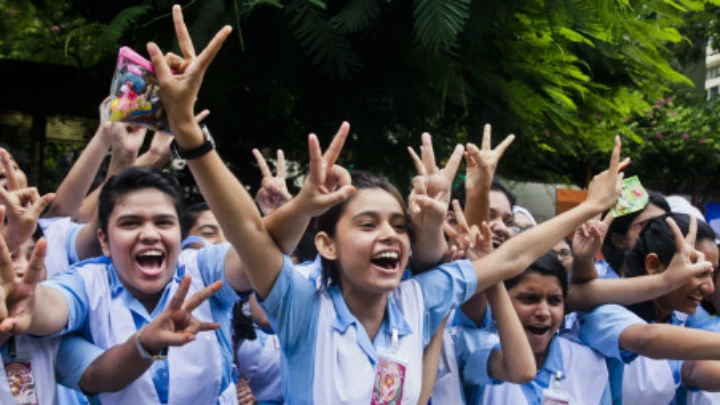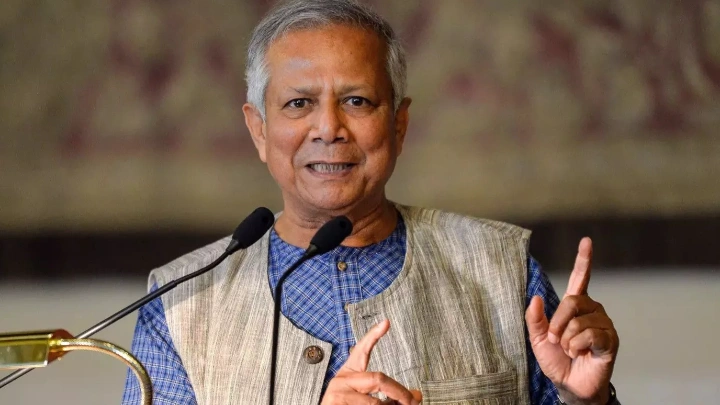Girls’ education soars to new heights
DailySun || Shining BD
Women in Bangladesh were largely confined to the domestic sphere even three decades ago. They did not have the opportunity to showcase their potential in any sector, including the job market and education. As the way of life has changed over time, women’s participation increased significantly in education along with other sectors in the past decade.
According to the 2021 annual report published by the University Grants Commission (UGC), the share of female students at public universities was 48%, up from 34.19% in 2011.
Bangabandhu Sheikh Mujib Medical University (BSMMU) has seen a significant increase in the number of female students compared to previous years. In 2011, there were 1,377 students and of them, 37.41% or 515 were females. The 2021 UGC report said almost 50% were women among 3,010 students. The number of women applicants in the medical admission test for the 2023-24 academic year was more than that of men. The Directorate General of Health Services (DGHS) said there were a total of 1,39,217 applicants. Of them, 74,953 (53.84%) were girls and 64,264 (46.16%) were boys.
In 2021, 4,230 students were admitted to government medical colleges, and 54% of them were women. Besides, as many as 48,777 local students passed MBBS in the country in 10 years till 2018. Among them, 26,901 were females, which was 55% of total students, according to the DGHS. In 2018, out of 8,547 students who passed MBBS, 59% or 5,066 were women.
Technical and vocational education has also seen an increased number of female students. In 2011, some 27% of the total 5,06,556 students were women. According to the 2021 UGC report, although the number of girls doubled in this discipline among a total of 12,29,203 students, the percentage remained the same (27%).
Women have advanced more than men in professional education as well. According to the Bangladesh Bureau of Educational Information and Statistics (BANBEIS) report 2022, as many as 1,07,539 females (61.49%) out of 1,74,888 students enrolled in such programmes. In 2011, the figure was 36.42%.
Females made up more than 50% of the total students at secondary, higher secondary, and tertiary educational institutions, said the 2022 BANBEIS report. It was nearly 45% in 2010.
In madrasah education (Alim to Kamil), compared to 2011, the number of female students increased by 3 percentage points to around 49% in 2022. 6,51,341 girls out of 13,49,715 students were studying in these classes in 2022.
Prof Zeenat Huda of the Department of Sociology at the University of Dhaka told the Daily Sun women's participation in various fields, including education and work, has increased due to the government's emphasis on female empowerment. She thanked Prime Minister Sheikh Hasina for this change.
She also said an individual’s mother’s name was never used for identity verification. “But the incumbent government has introduced this and many other initiatives in various fields, which has increased the participation of women in all sectors.”
The academic urged the womenfolk to make them free psychologically from the patriarchal system. She said even though women have moved forward, they still face discrimination in many institutions as the latter do not consider females equal to males.
Calling for measures to remove the barriers women face, she said steps must be taken to stop extremists from spreading anti-women propaganda. Besides, the cultural landscape for women needs to change further, Prof Zeenat added.
Referring to the special directives of the prime minister regarding women’s education, Deputy Minister for Education Mohibul Hassan Chowdhoury said the government has taken various initiatives, including providing stipends at different levels of education and increasing residential facilities at universities.
“As a result, women's participation at all levels of education has increased. The number of women at science and technology universities as well as engineering colleges in Bangladesh is significantly higher than that in our neighbouring countries.”
The government has set an aim to raise the participation of women in higher education, the deputy minister said, adding that they have also taken measures to include women in the workforce.
Shining BD

